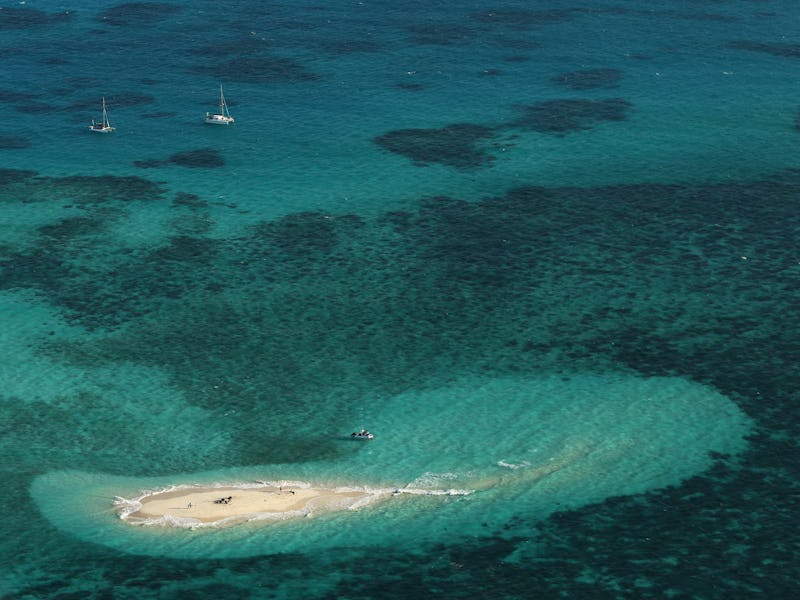Huge Hidden Reef Is Reminder We Know Nothing About Oceans
Seriously, the oceans are an endless mystery.

The oceans cover about 70 percent of the Earth’s surface, and the average depth is about 12,000 feet. Keep that in mind when we say not even 15 percent of the world’s oceans deeper than 600 feet have been mapped and examined using modern techniques. What does that all mean? Well, at the risk of getting technical, it means we know damn near nothing about the oceans, statistically speaking. And that reality has rarely been clearer than with the recent announcement of a giant reef system hidden just behind the northern section of Australia’s Great Barrier Reef.
Researchers from three Australian universities used laser-based imaging to peer deeper below the ocean’s surface than had previously been possible. In a statement, the researchers noted that it was known that something was down there behind the Great Barrier Reef since at least the 1980s, but nobody had suspected there would be massive, donut-shaped geological structures like those the imaging revealed. Nor did the scientists suspect this hidden reef system would span an area of about 2,500 square miles. That’s about three times more than the previous estimate.
The reef is much more complex than anticipated. It’s made up of structures called bioherms, which form the remains of a particular green algae. The algae give off limestone flakes when they die, and the accumulation of those flakes create the massive mounds spotted by the lasers. Before this, researchers had thought bioherms were relatively simple, forming parallel ridges, rather than the donut structures they discovered.
The original paper is available — at least for those willing to pay 40 bucks or who have a sweet, sweet university login — in the journal Coral Reefs. In the meantime, just know that this is the latest proof that the ocean is home to pretty much endless mystery, and every new discovery is just a reminder of how much more is still out there, waiting.